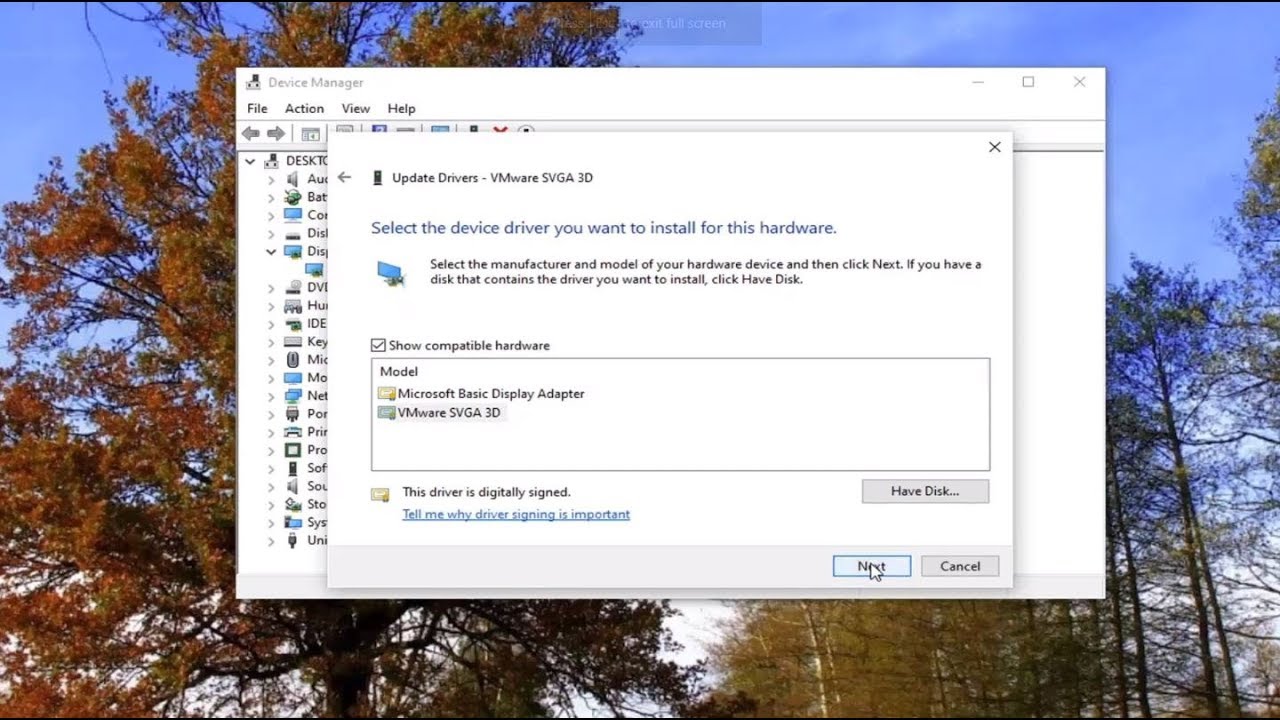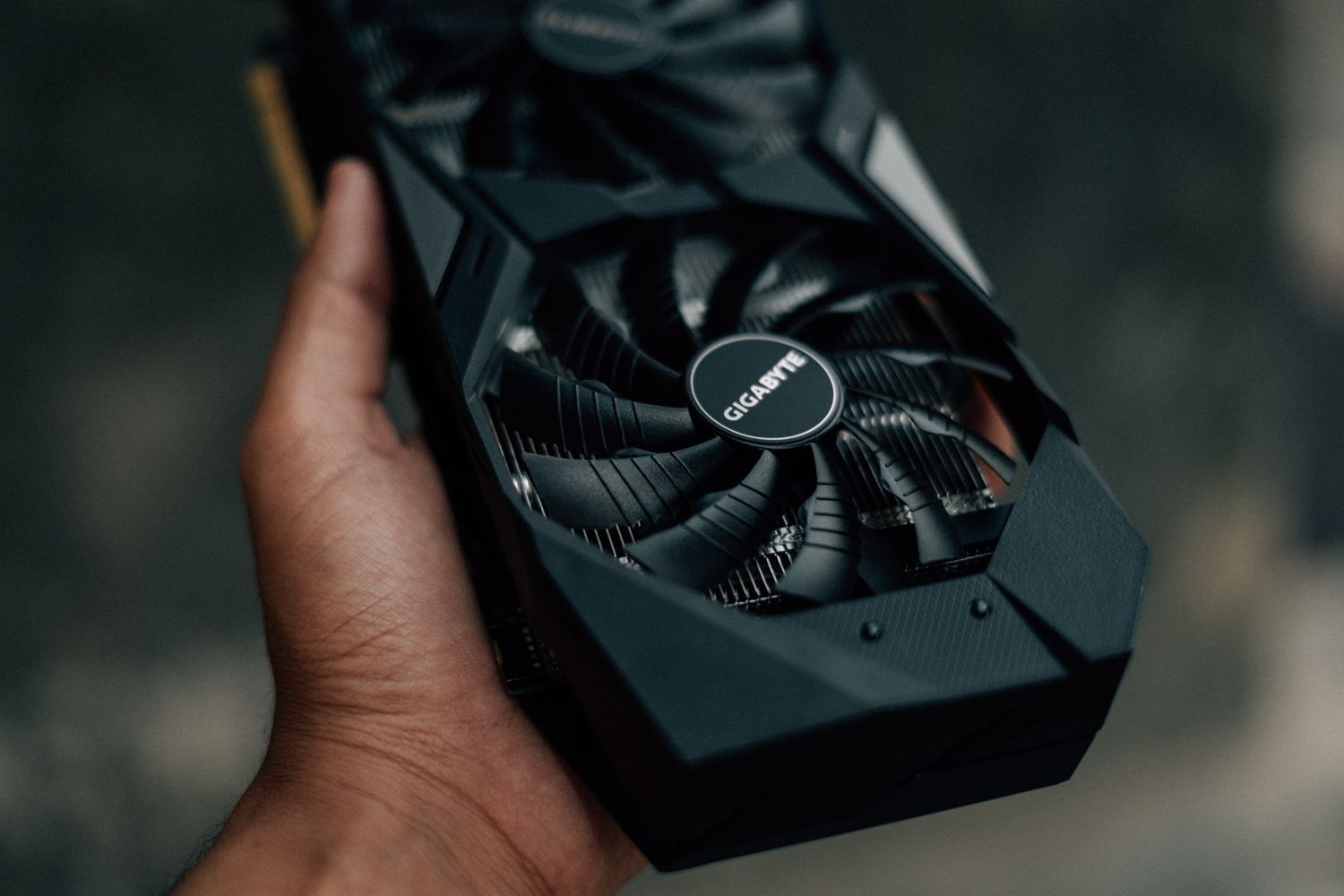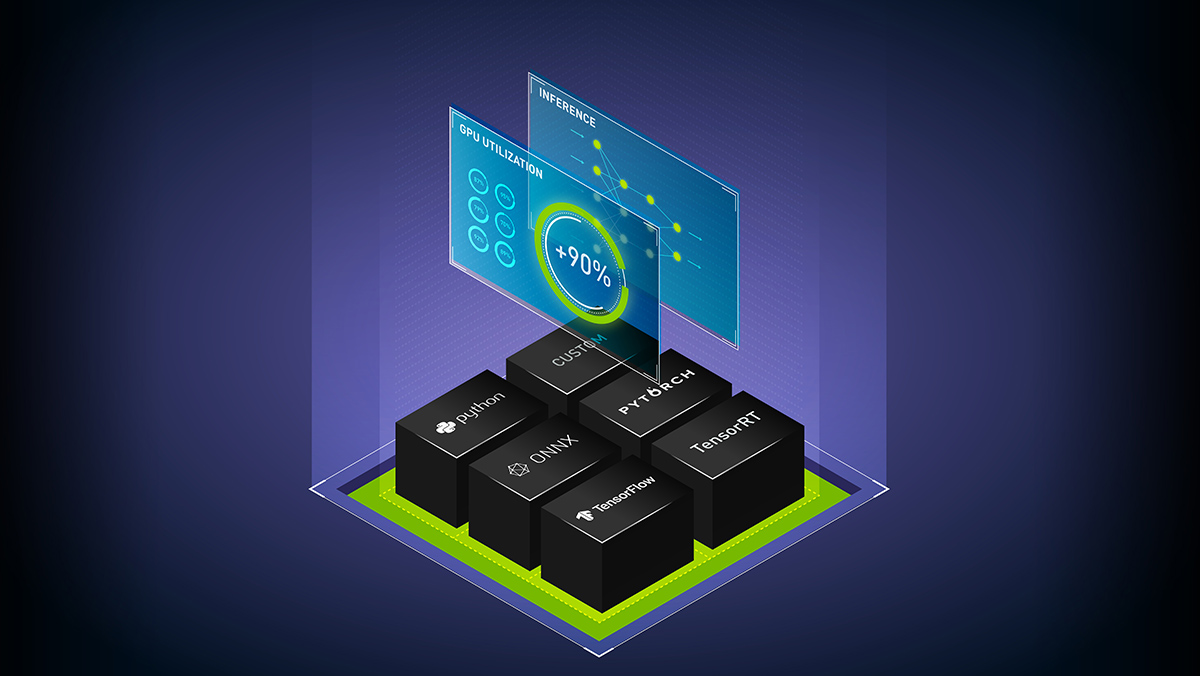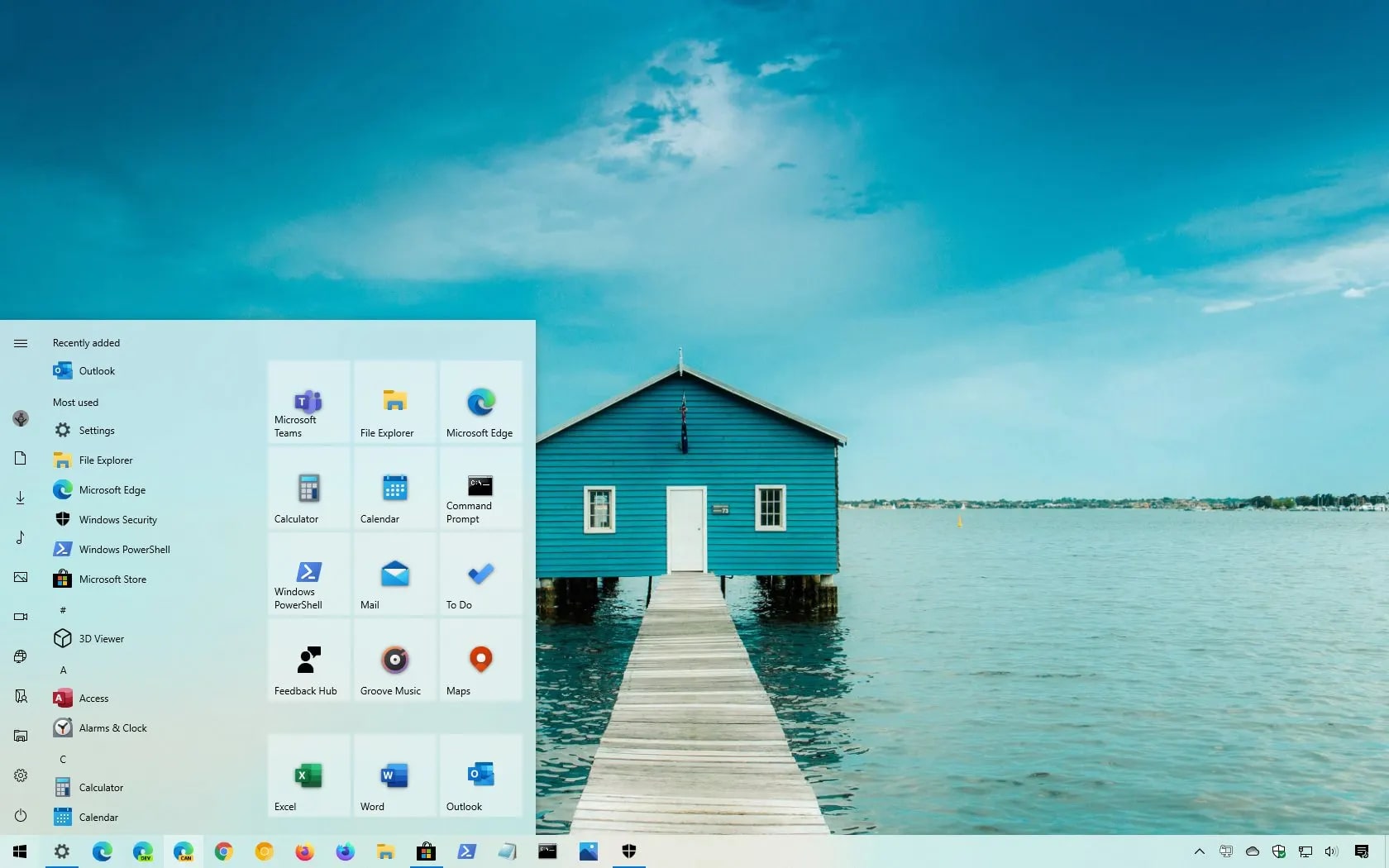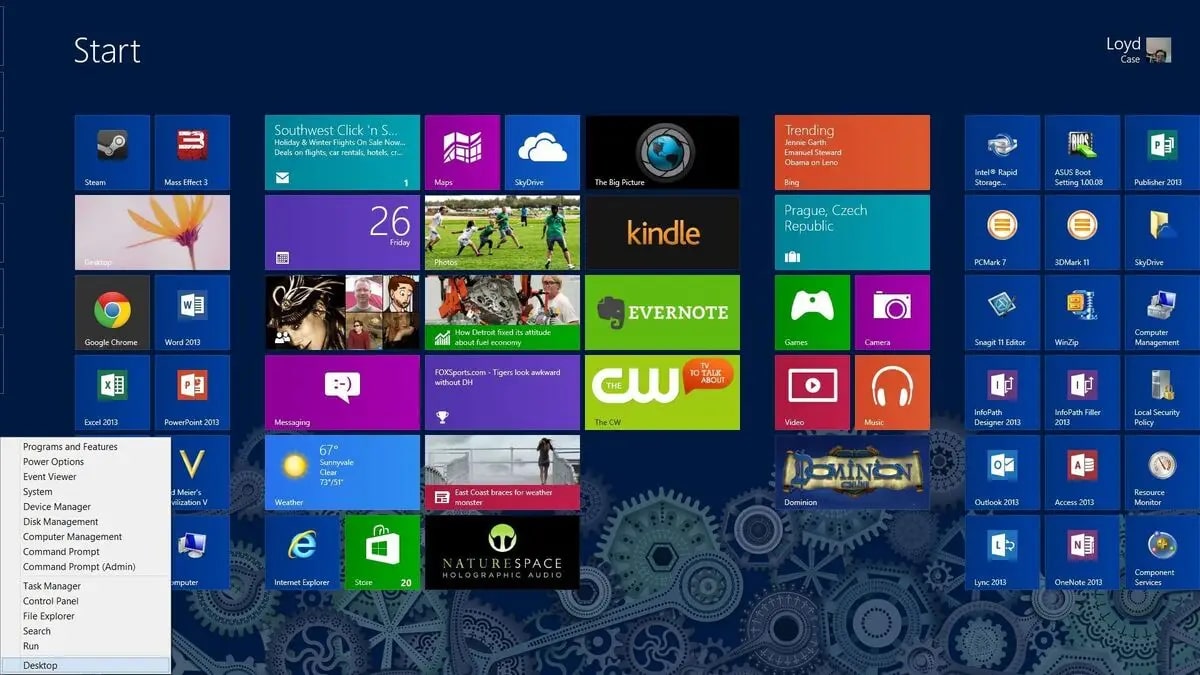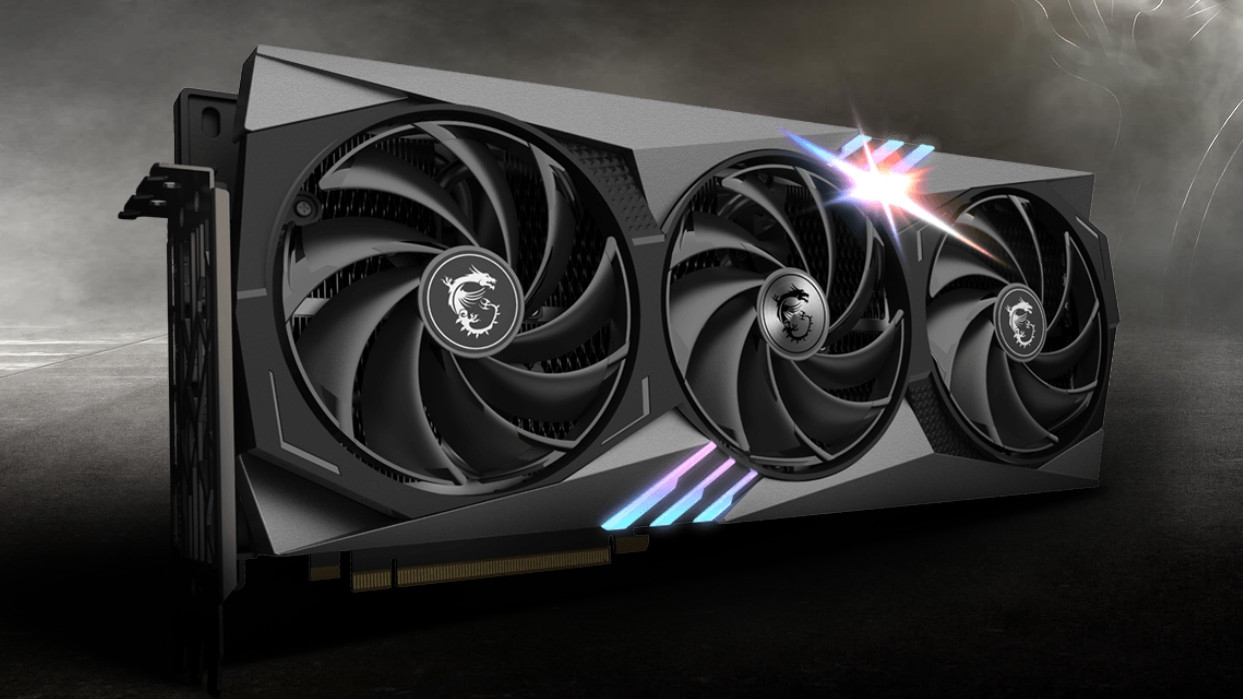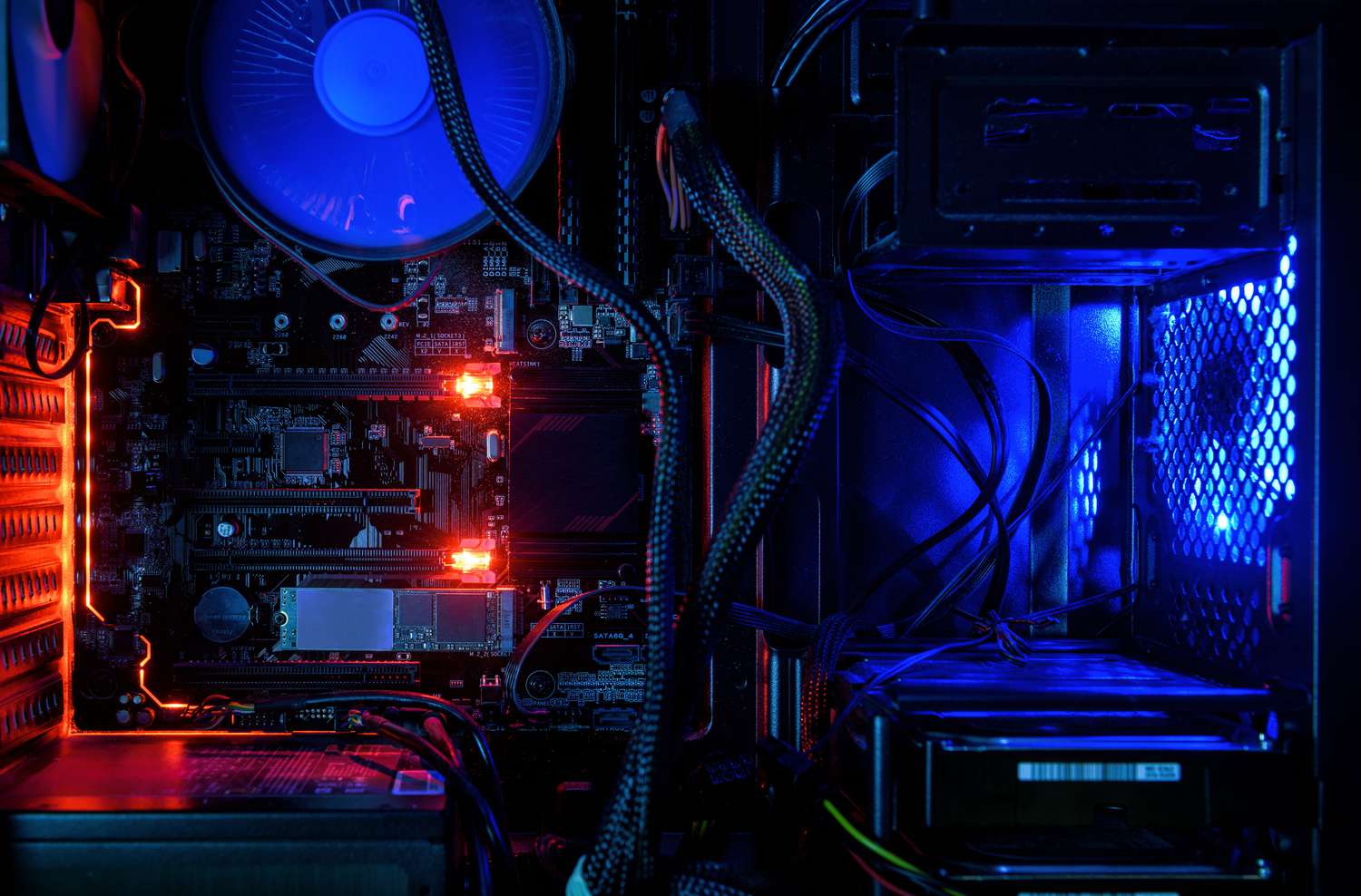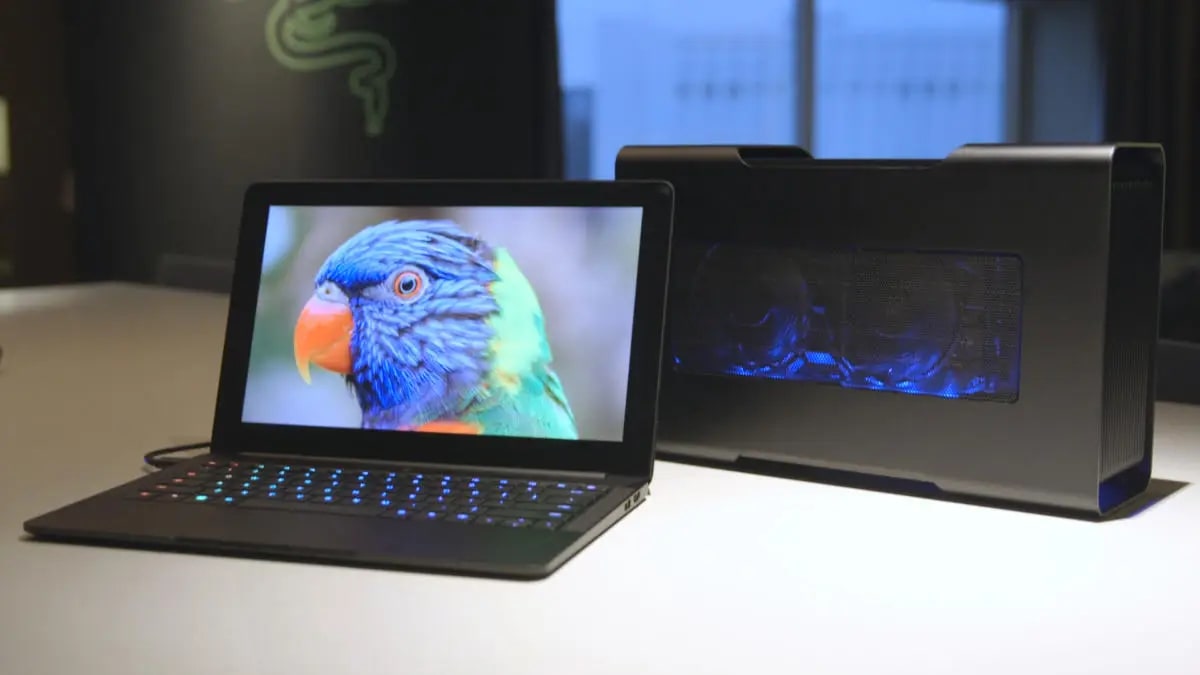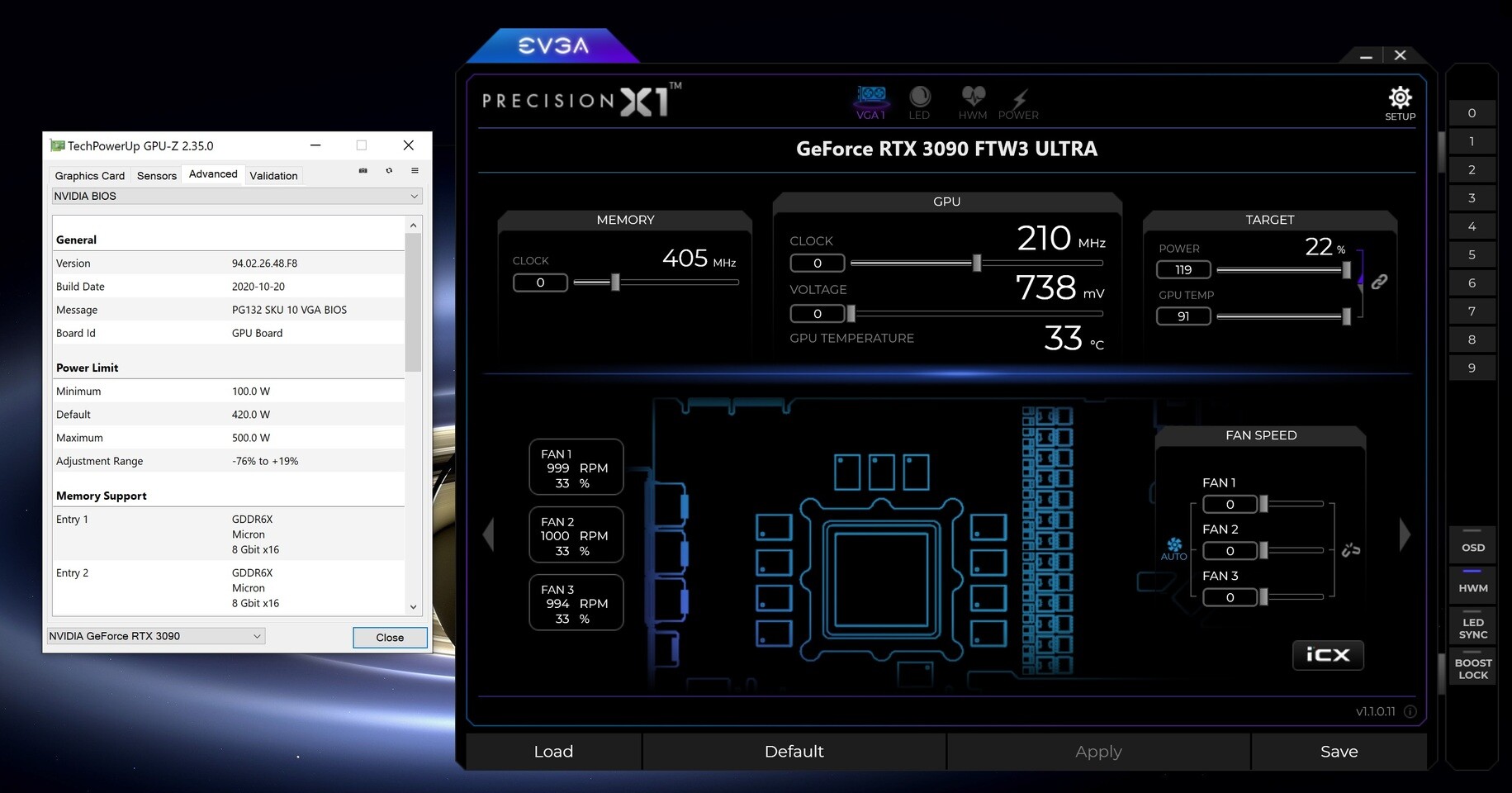Introduction
Welcome to the world of computer graphics! Whether you’re a gamer, a graphic designer, or simply someone who enjoys watching high-definition videos, having an up-to-date graphics card is essential for optimal performance. Your graphics card, also known as a video card or GPU (Graphics Processing Unit), is responsible for rendering images, videos, and animations on your computer monitor.
But why is it important to keep your graphics card up to date? The answer lies in the continuous development of software and applications that require advanced graphics capabilities. As new technologies emerge and software developers optimize their graphics-intensive programs, older graphics card drivers may struggle to keep up. This can lead to various issues, such as reduced performance, compatibility problems, and even crashes.
So, how can you ensure that your graphics card is up to date? In this article, we will explore different methods to check for updates and keep your graphics card running smoothly. We’ll cover checking the manufacturer’s website, using the device manager, utilizing third-party software, and even how to manually update your graphics card if necessary.
Understanding how to check for updates is crucial, as it allows you to benefit from the latest bug fixes, performance enhancements, and compatibility improvements provided by the graphics card manufacturer. By keeping your graphics card up to date, you can enjoy optimal performance, smooth gameplay, and a seamless visual experience.
Now that we understand the importance of keeping our graphics card up to date, let’s dive into the methods you can use to ensure your graphics card is always running on the latest version of its drivers.
Why is it important to keep your graphics card up to date?
Keeping your graphics card up to date is of utmost importance for several reasons. Let’s delve into the significance of staying on top of driver updates:
1. Performance Optimization: Updating your graphics card drivers ensures that you can take advantage of the latest performance optimizations. Graphics card manufacturers regularly release driver updates with enhanced algorithms, bug fixes, and tweaks to improve the overall speed and efficiency of the card. By keeping your graphics card up to date, you can unlock its full potential and enjoy smoother gameplay and seamless graphics-intensive tasks.
2. Compatibility: Software developers often optimize their programs to work seamlessly with the latest graphics card drivers. If you’re using outdated drivers, you may experience compatibility issues with newly released applications or games. Updating your graphics card ensures that you have the necessary compatibility fixes and enhancements to run the latest software without any hiccups.
3. Enhanced Stability: Outdated graphics card drivers can lead to system instability, crashes, and even Blue Screen of Death (BSOD) errors. Graphics card manufacturers constantly improve the stability of their drivers through updates, addressing known issues and providing better error handling. Regularly updating your drivers minimizes the chances of encountering system instabilities and improves the overall reliability of your system.
4. Security: Graphics card drivers are not exempt from vulnerabilities that could potentially be exploited by hackers or malware. Graphics card manufacturers regularly release updates that address security vulnerabilities and strengthen the overall security of the card. By keeping your drivers up to date, you ensure that your system is protected against potential threats and vulnerabilities.
5. New Features and Capabilities: Graphics card updates often introduce new features, settings, or improvements to existing functionalities. These updates can include support for new technologies, such as ray tracing or virtual reality, or optimizations for specific games and applications. By updating your graphics card, you can access these new features and capabilities, enhancing your overall user experience.
Overall, keeping your graphics card drivers up to date is essential for optimal performance, compatibility, stability, security, and access to the latest features. Now that we understand the importance of updating our graphics card, let’s explore different methods to check for updates and ensure our graphics card is always up to date.
Checking the manufacturer’s website for updates
One of the most reliable ways to check for graphics card updates is by visiting the official website of the manufacturer. Each graphics card manufacturer, such as NVIDIA, AMD, or Intel, has a dedicated support section on their website where you can find the latest drivers for your specific graphics card model.
Here’s a step-by-step guide on how to check for updates on the manufacturer’s website:
- Identify your graphics card model: Before visiting the manufacturer’s website, it’s crucial to know the exact model of your graphics card. You can find this information in the device manager or by using a third-party software like GPU-Z.
- Visit the manufacturer’s website: Once you have identified your graphics card model, go to the official website of the manufacturer. Look for the support or drivers section.
- Enter your graphics card details: In the support or drivers section, you will typically find a search bar or a drop-down menu to specify your graphics card model. Enter the necessary details to filter the results.
- Download the latest drivers: After specifying your graphics card model, you will be presented with a list of available driver updates. Identify the latest version and click on the download button. Make sure to download the appropriate driver for your operating system.
- Install the drivers: Once the driver file is downloaded, locate it on your computer and run the installer. Follow the on-screen instructions to update your graphics card drivers.
Checking the manufacturer’s website for updates ensures that you get the official and most recent drivers specifically designed for your graphics card model. By downloading and installing these drivers, you can optimize the performance of your graphics card and overcome any compatibility or stability issues.
It is important to periodically check for updates on the manufacturer’s website, as they regularly release new driver versions to address problems, improve performance, and add new features. By staying up to date, you can ensure that your graphics card remains at its peak performance, delivering the best possible visuals and gaming experience.
Using device manager to check for updates
Another method to check for graphics card updates is by using the device manager, a built-in Windows tool that allows you to manage and update drivers for hardware devices. The device manager can help you identify if there are any available updates for your graphics card.
Follow these steps to use the device manager to check for graphics card updates:
- Open the device manager: Right-click on the Start menu button and select “Device Manager”. Alternatively, you can press Windows + X on your keyboard and choose “Device Manager” from the menu.
- Expand the “Display adapters” category: In the device manager, you will find a list of all hardware devices installed on your computer. Locate and expand the “Display adapters” category to reveal your graphics card.
- Right-click on your graphics card: Once you have expanded the “Display adapters” category, you will see your graphics card listed. Right-click on it and select “Properties”.
- Navigate to the “Driver” tab: In the properties window, go to the “Driver” tab. Here, you will find information about your current graphics driver version and details.
- Check for driver updates: In the “Driver” tab, click on the “Update Driver” button. Windows will search for available updates online and prompt you if a newer driver version is found. Follow the on-screen instructions to update your graphics card drivers.
Using the device manager to check for updates is a convenient method as it allows you to quickly and easily identify if there are any available driver updates for your graphics card. However, please note that the device manager may not always have the latest driver versions, as they may take some time to be included in the Windows update catalog.
In case the device manager does not find any updates or you prefer to have access to the most recent drivers, you can still visit the manufacturer’s website to manually download and install them.
By periodically checking for updates using the device manager, you can ensure that your graphics card remains up to date with the latest driver versions, maximizing performance, and addressing any compatibility or stability issues.
Using third-party software to check for updates
If you prefer a more automated and convenient method of checking for graphics card updates, you can utilize third-party software specifically designed for this purpose. These software tools scan your system, identify your graphics card, and check for available driver updates.
Here are some popular third-party software options you can use to check for graphics card updates:
- NVIDIA GeForce Experience: If you have an NVIDIA graphics card, you can download and install NVIDIA GeForce Experience. It not only provides an easy way to check for driver updates but also offers additional features like game optimization and recording gameplay.
- AMD Radeon Software: For AMD graphics card users, AMD Radeon Software is a comprehensive software suite that includes a driver update utility. It allows you to check for updates, customize graphics settings, and take advantage of AMD-specific features.
- Intel Driver & Support Assistant: If you have an Intel integrated graphics card, the Intel Driver & Support Assistant is a useful tool. It checks for driver updates for various Intel hardware components, including graphics cards, and provides a simple way to download and install the latest drivers.
- DriverUpdate: DriverUpdate is a paid software tool that scans your system for outdated drivers and provides recommendations for updates. It supports a wide range of hardware devices, including graphics cards, and can help ensure that all your drivers, not just your graphics card, are up to date.
When using third-party software, always ensure that you download from reputable sources and check for reviews or recommendations. This helps ensure that you are using a reliable and trustworthy tool that will accurately detect and update your graphics card drivers.
By utilizing third-party software to check for updates, you can simplify the process and receive timely notifications when new graphics card drivers are available. This helps you stay on top of the latest driver releases and ensures that your graphics card is always up to date and delivering optimal performance.
How to manually update your graphics card
If you are unable to find driver updates through the manufacturer’s website or prefer to manually update your graphics card, you can do so by following these steps:
- Identify your graphics card model: Before proceeding with the manual update, it’s important to know the exact model of your graphics card. You can find this information in the device manager or by using a tool like GPU-Z.
- Visit the manufacturer’s website: Go to the official website of the graphics card manufacturer (e.g., NVIDIA, AMD, or Intel).
- Navigate to the drivers and support section: Look for the support or drivers section on the manufacturer’s website.
- Search for your graphics card model: Use the search bar or the provided options to filter the results and find the drivers specific to your graphics card model.
- Download the latest drivers: Identify the latest version of the drivers for your graphics card and download the appropriate driver package for your operating system.
- Uninstall the existing drivers: Before installing the new drivers, it is recommended to uninstall the existing ones to ensure a clean installation. You can do this by going to the device manager, right-clicking on your graphics card, selecting “Uninstall device,” and following the on-screen prompts.
- Install the new drivers: Once the existing drivers are uninstalled, locate the downloaded driver package on your computer and run the installer. Follow the on-screen instructions to complete the installation process.
- Restart your computer: After the installation is complete, it’s important to restart your computer to apply any necessary changes.
- Verify the driver update: Once your computer has rebooted, verify that the new drivers are successfully installed. You can do this by checking the device manager or using tools like GPU-Z to view the driver version.
Manually updating your graphics card may require a bit more effort, but it gives you full control over the update process. By following these steps, you can ensure that your graphics card is running on the latest drivers specifically designed for your model, optimizing its performance and ensuring compatibility with the latest software and games.
Note that manually updating your graphics card drivers may not be necessary unless you are facing specific issues or need to take advantage of new features or performance optimizations. Regularly checking for updates through the manufacturer’s website or using automated tools can often suffice to keep your drivers up to date.
Conclusion
Keeping your graphics card up to date is vital for optimal performance, compatibility, stability, security, and access to the latest features and capabilities. Whether you’re a gamer, a graphic designer, or someone who relies on their computer for visually demanding tasks, staying on top of graphics card updates is crucial.
In this article, we explored various methods to check for graphics card updates. We discussed the importance of checking the manufacturer’s website, where you can find official and specific driver updates for your graphics card model. We also explored using the device manager, a built-in Windows tool, to check for updates and how to leverage third-party software designed for this purpose.
Additionally, we discussed how to manually update your graphics card drivers, providing step-by-step instructions to ensure a smooth update process. However, it’s essential to note that manual updates may not always be necessary if you regularly check for updates using reliable sources or automated tools.
By keeping your graphics card up to date, you can enjoy optimized performance, improved compatibility, enhanced stability, increased security, and access to new features. Whether you’re a gamer looking to maximize frame rates, a digital artist in need of accurate color representation, or simply someone who values a visually stunning experience, updating your graphics card drivers will unlock the full potential of your hardware and bring your digital world to life.
Remember to periodically check for updates, follow the manufacturer’s guidelines, and stay informed about the latest driver releases. By doing so, you can ensure that your graphics card is always up to date and ready to deliver top-notch visual performance.







